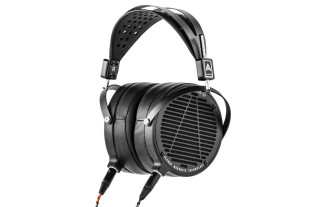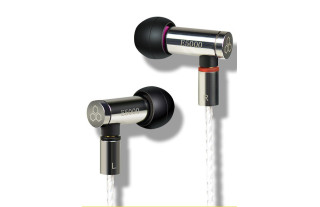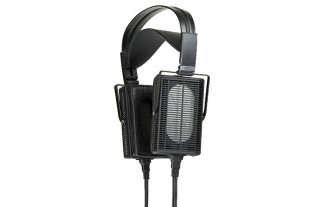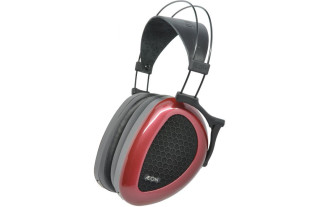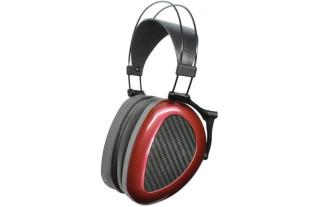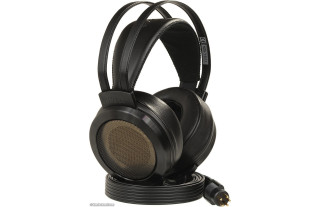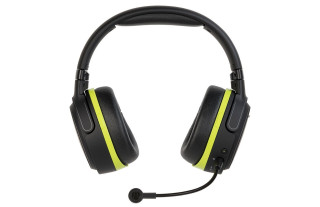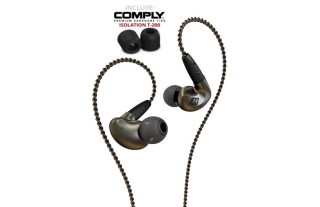- Utility Guides
- 8542 views
Many people associate headphones with summer as a portable audio device. However, audiophiles and sound professionals use them in their homes and studios because they offer different musical details than those reproduced by conventional speakers. Discovering this functionality can create confusion when choosing good-sounding headphones. That is why at Concerto we have created this Headphone Buying Guide so that you can choose the most suitable ones for you.
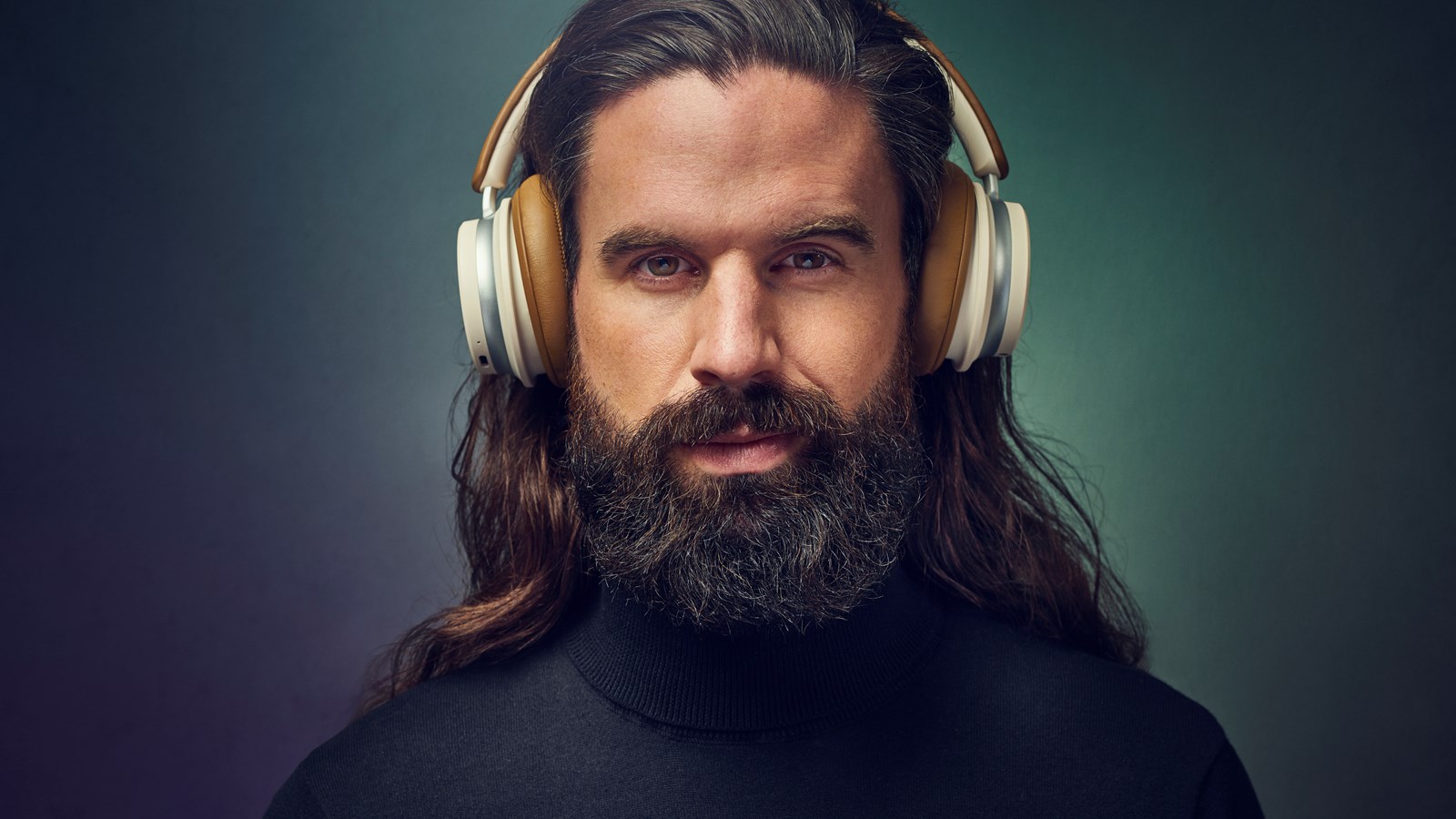
When are headphones used?
It is common to see people using them on the street or in public places. Whether in the transport - from the subway to the plane - or in the gym. And it is that the headphones are one of the most demanded accessories for mobile phones, being common those of the Bluetooth type.
It is also common to use them in the office. Either to hold video calls in a more discreet way than with a speaker or to listen to music while working. For their part, sound professionals such as producers or acoustic engineers also use headphones - that is, Hi-Fi - to perfect their work.
Finally, there are also who uses them in their home. Not only so as not to disturb others with the sound of the TV, but also because there are many audiophiles who are especially enthusiastic about these devices. And it is that the headphones have a peculiar charm and are capable of reproducing in High Fidelity at levels that have little to envy conventional stereo sound equipment.
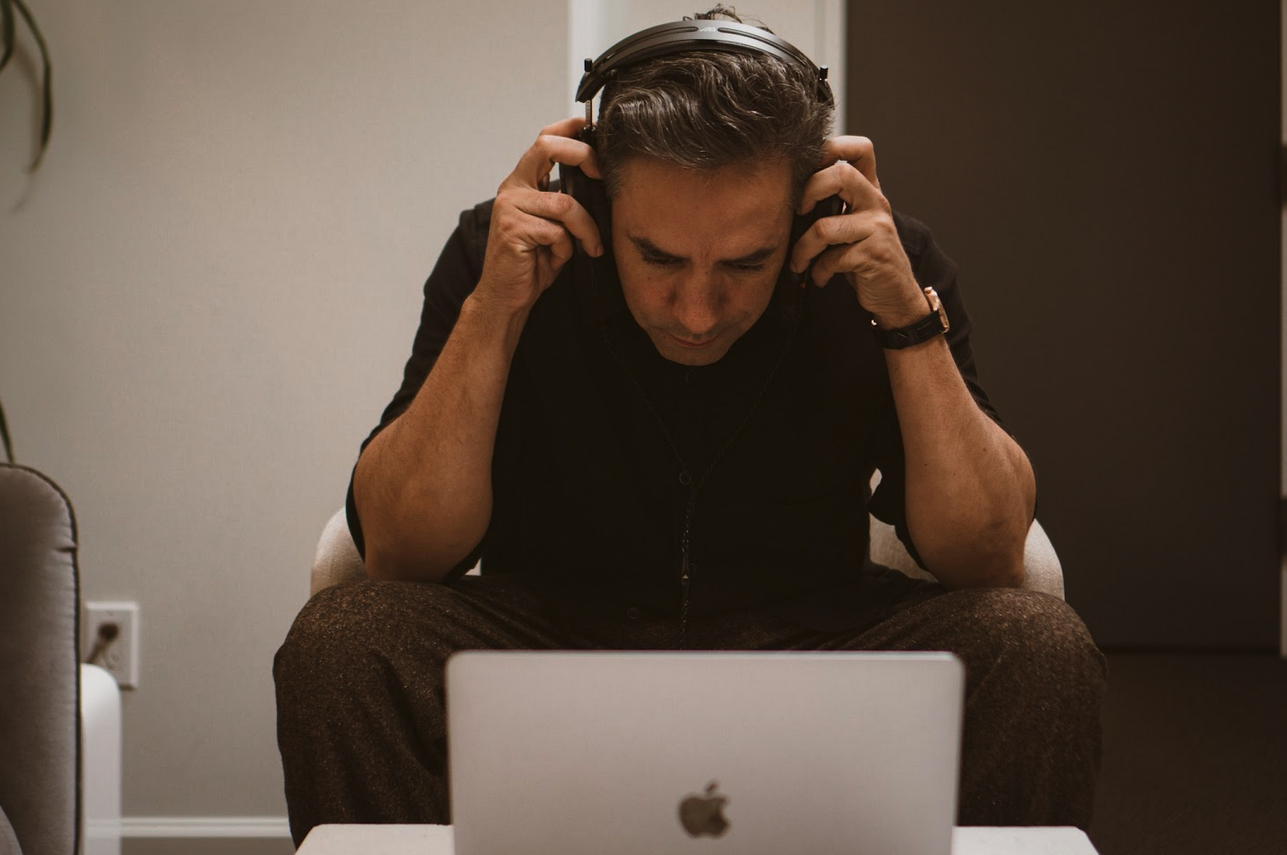
What types of headphones are there?
To choose the most convenient headphones for you, you need to know their main features. And the easiest way to do it is by analyzing the most frequent ways to classify them.
The main ways to divide the headphones are the following.
Depending on your placement
- Over-Ear or Circumaural: The pad completely surrounds the ear and has large cups.
- On-Ear or Supraural: The pad sits on the ear. They are headband headphones but with smaller cups than Over-Ears.
- In-Ear or intraural: Small earphones, which are inserted into the ear canal.
According to their cups
Open: They are those with cups with holes on the outside, which let the sound out freely. This improves the airflow needed to create the sound waves, making it easier to achieve a wide soundstage.
Closed: The cups of these headphones do not have holes on the outside. In this way a more discreet listening is achieved. There are closed models with a High Fidelity reproduction, but their price is usually higher than that of their open counterparts as they need more technology to match them in amplitude of the sonic scene.
Headphones according to the type of drivers
We understand by driver the electronic device capable of generating sound waves. The more accurate and true to source this reproduction is, the higher quality it is considered to be.
There are several driver technologies that give rise to different headphones.
Planar Magnetic Headphones: Also known as Orthodynamic or Planomagnetic, they are those that use a magnetic framework as a driver. When receiving electricity, this framework generates movement in a thin membrane, which gives rise to sound waves. The planar magnetic drivers are praised for achieving a very neutral sound.
Dynamic Headphones: Dynamic drivers are the most common. When receiving electricity, they make a piston movement that generates the sound wave that we can hear. This technology is the one that has been investigated for the longest time and dynamic drivers are also the most common in loudspeakers. So it is a mature technology that can provide Hi-Fi sound at very competitive prices.
Electrostatic Headphones: Baptized by some brands as EarSpeakers, these drivers have two fixed electrodes between which there is a thin membrane. The two electrodes work in Balanced, so simultaneously when one pushes the membrane with a positive charge, the other attracts it with a negative charge (static electrical energy), managing to move it very quickly, which generates the sound we hear. These headphones are renowned for the sheer amount of detail in their playback.
Depending on your connectivity or sound input
Connectivity is the way to connect to the sound source, while the sound input can be digital or analog. Both concepts are usually related.
Analog sound is a continuous wave, while digital sound is made up of binary language (ones and zeros) that has to be translated into the analog wave, which is the only one that can be reproduced by drivers.
That is why digital headphones have DAC, either in the headphone itself or in its cable, to be able to reproduce this type of sound. This often makes them more expensive than their analog equivalents.
Wireless Bluetooth Headphones: Compatible with most mobile phones, they are very common to enjoy music on the go, although they are also often used as a set of Hands free in the car or at the office. They receive the sound in digital format and through their integrated DAC (sound card) they convert it into an analog wave that their drivers can reproduce. The two headphones are linked together by a cable. If they're not, they're Truly Wireless (next bullet point).
True Wireless Stereo Headphones: The evolution of Bluetooth. This model consists of two independent pieces, one for each ear, capable of connecting wirelessly to each other and simultaneously reproducing in stereo the sound they receive via Bluetooth from any source with which they are paired. They are one of the most fashionable models in headphones for daily use.
Headphones by digital cable (USB-C, Mini-USB, etc): are those made to be compatible with the headphone jack of the most current mobiles . The sound is transmitted in digital format through the cable, and the device must have a DAC to be able to convert it to analog format before playing it.
Analog stereo wired headphones (Mini-Jack, Jack, Balanced, Single-Ended…): Those that receive sound through an analog cable. High-End Headphones are usually of this type. There are less demanding models in terms of power - those that use a mini-jack connector, for example - that work when connected to any telephone or transistor, and also headphones with higher demands that, to reproduce sound, need to be connected to a headphone amplifier. .
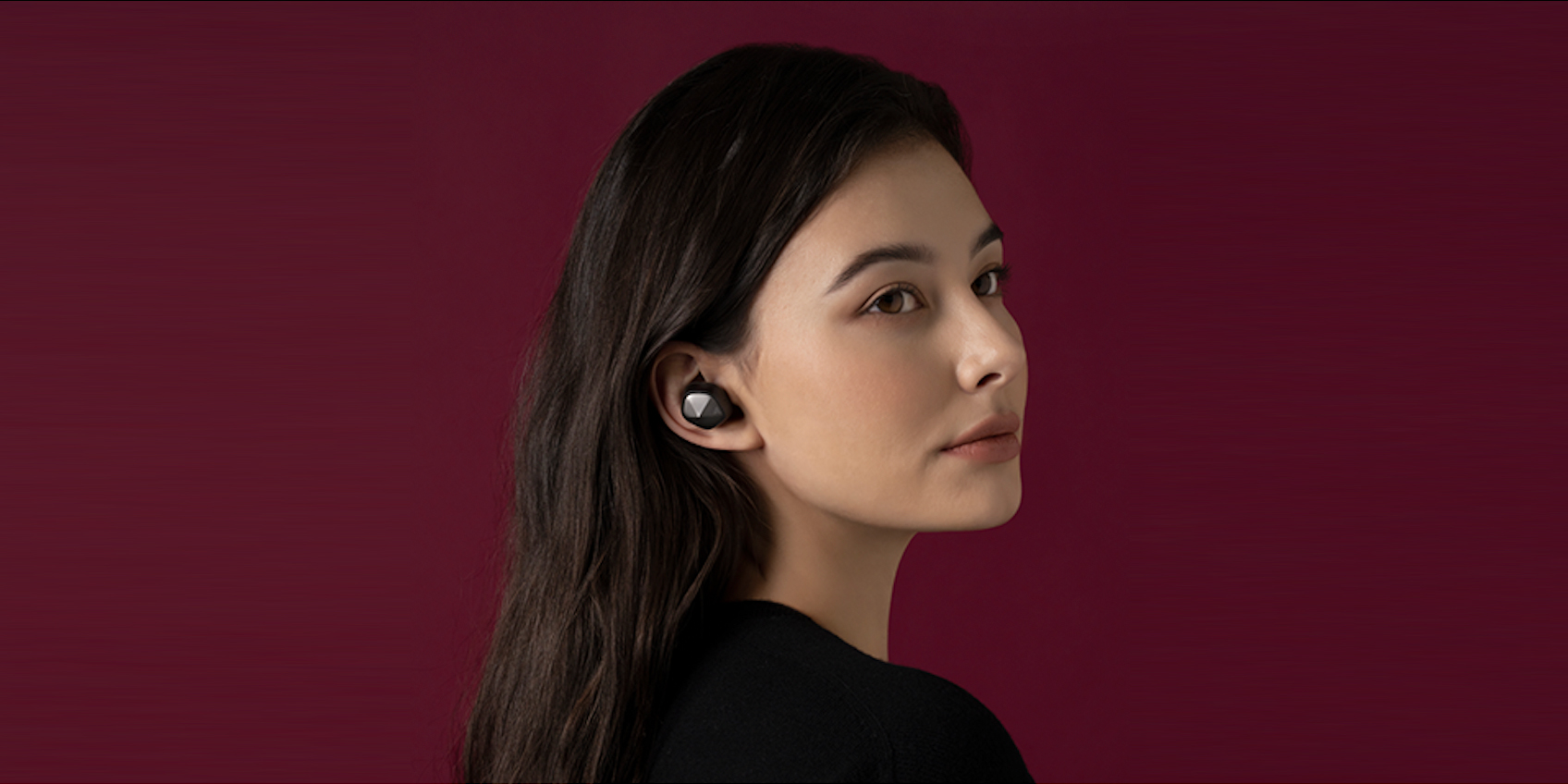
How to choose the best headphones?
Now that you know all this, answer the following questions:
What is my budget?: This data greatly limits the selection.
What will be its main use?: You will not choose the same headphones to go to the gym as to enjoy a dedicated HiFi system. It is essential that they adapt well to the activity in which they will be used most frequently.
Do I need/want auxiliary equipment or accessories?: There are headphones that don't work by themselves. Electrostatic headphones, for example, need their own amplifier. Others, for example some for sports, can be improved with pads that give them a better grip. Clarifying this point can modify the budget or limit the selection.
What main feature do I look for in a headphone? If you are looking for Active Noise Cancellation or wireless headphones, they will have to be digital. If you're looking for headphones with the best sound quality for your money, dynamic, open, and wired models are the best place to start looking.
Can you try them? If you have the possibility to try different headphones, use them with the type of sound that you will use most with them. Your favorite musical genre, a movie or a phone call. In this way, you will have no doubts about which ones best suit your requirements.
Also, remember that at Concerto Audio we can help you select the best headphones for you. Do you already have yours?

